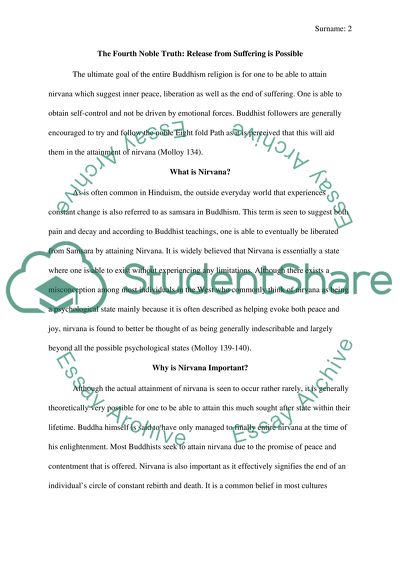Cite this document
(“Explain the Meaning of the Four Noble Truths Essay”, n.d.)
Retrieved from https://studentshare.org/religion-and-theology/1480790-world-religions
Retrieved from https://studentshare.org/religion-and-theology/1480790-world-religions
(Explain the Meaning of the Four Noble Truths Essay)
https://studentshare.org/religion-and-theology/1480790-world-religions.
https://studentshare.org/religion-and-theology/1480790-world-religions.
“Explain the Meaning of the Four Noble Truths Essay”, n.d. https://studentshare.org/religion-and-theology/1480790-world-religions.


